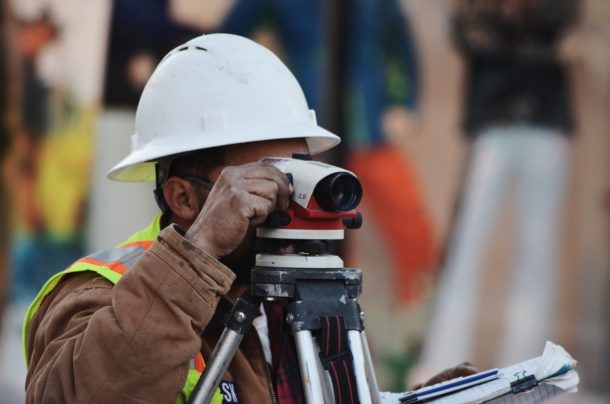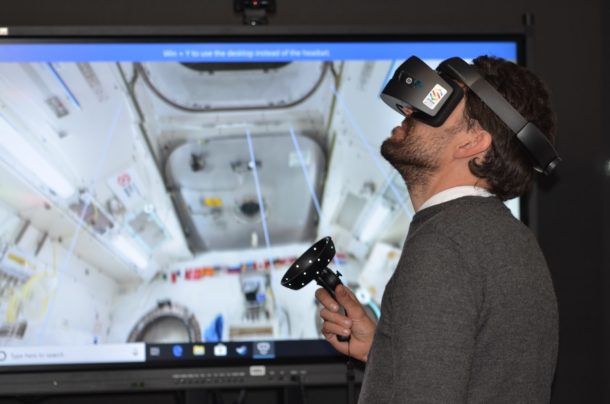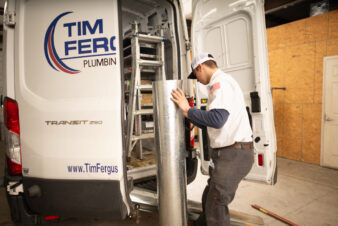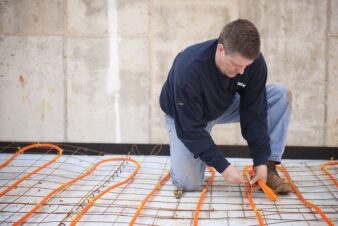The ever-growing expansion of technology and the emergence of globalization have made the digitization process an inevitable part of progress in various industries, including construction. New trends in technology are crucial for coming up with quicker, smarter solutions, and increasing efficiency while reducing unnecessary costs. While these trends have been met with certain reluctance by this industry, over time they are becoming an integral part of the future. Here are some of the technology trends that are changing the construction industry that we know:
1. Building Information Modeling Technology (BIM)
Building Information Modeling Technology (BIM) is a software for 3D design that has found significant use in the construction sector. This software is similar to Computer-Aided Design (CAD), with the main difference being that BIM focuses on the design and construction of commercial buildings rather than mechanical and electrical assemblies. BIM is used to create digital models of what is going to be built, and not only that – it assembles metadata to be used within the project to improve its workflow and collaboration.
A study on BIM trends gathered data from 32 major construction projects and found that integrating BIM in construction resulted in 40% elimination of unplanned change, 80% reduction of time for generating a cost estimate, and up to 7% reduction of the overall time of the project.
Through BIM, the construction industry profits from more efficient designs, better accuracy, and reduction in errors due to digitalization. This software facilitates the detection of clashes in designs within a project, for example in the electrical and plumbing system.
2. HD Surveying and Geolocation
GPS-capable devices have become an inseparable part of living in a technologically-advanced era. This technology has luckily found good use in the construction industry, where it has enabled to predict and avoid inaccurate depictions of ground conditions through high definition photography, 3D laser scanning, and advancements in unmanned aerial vehicles (UAV) and drones.
GPS technology and sophisticated software have further aided spatial inspection and progress monitoring processes by enabling easy camera access to the location of equipment and sites.

3. Digital Twin
This relatively new but useful terminology in construction has enabled the digital representation of assets and systems in construction. The digital twin or replica mirrors a physical version of a project into its digital version, so project management is made easier by comparison of the two.
The digital replica offers a cost-effective solution for operating and testing real-life scenarios beforehand, so it minimizes possible errors and focuses on improving on-site safety. This technology syncs changes in real-time and is a tremendous advantage to the visualization, modeling, analysis, simulation, and further planning of a construction project.
4. AR & VR
By now you may have guessed that this next technological advancement is also beneficial to the visualization process of a construction project. The futuristic technology of Augmented Reality (AR) and Virtual Reality (VR) have entered the world of construction to allow for a special type of immersion into the project. AR technology adds and combines digital elements to a live view, which is useful for trial and error of ongoing additions within the project, whereas AR invites users for a complete immersion of the digitalized project, undisturbed by the physical environment.
What this means for the industry is that walkthrough tours with designers, contractors, and clients will become much more productive. On-site work conditions will be easier to visualize. Managers and workers can detect possible errors much more quickly, consequently avoiding additional costs and safety hazards.

5. UAV and Robotics
Construction efficiency is progressively on the rise through new developments in the field of robotics and Unmanned Aerial Vehicles (UAVs). Additionally, robots have eliminated the need for hard manual labor such as lifting heavy weights and working with heavy machinery. This was done through the emergence of on-site production robots, and autonomous vehicles such as diggers and bulldozers.
This technology not only makes the construction project more efficient, but it allows for more precision and reduced cost and safety hazards in human labor.
6. 3D Printing
The rapid growth of 3D printing in construction is another addition to the technological advancement in this field. Through full automation, 3D printers eliminate the possibility for human error, which consequently saves a significant amount of costs through the reduction of material waste. Not only is it cost-efficient, but it also saves production time by digitally creating specific components of a construction project, or through its use through an arm attachment on the construction site.
3D printers also allow for printing materials and pieces in larger quantities, with the ability to tweak and make changes at any given time.
7. Facial Recognition & Biometrics
If you have a smartphone, you probably know of its facial recognition, fingerprint, and voice recognition features. This is known as biometrics, a field that uses physical and behavioral traits to identify human beings. This recognition system is slowly becoming a new trend on construction sites since it assists with tracking individual workers on the site. Through it, management can effectively grant and restrict access in certain areas of the site, reduce fraud, falsification, and abuse.
Biometrics is ideal for increased safety, as well as it makes payroll management easier.
Slowly but surely, the construction industry is adapting to new technological trends. The reduction of manual processes, however, does not necessarily mean fewer jobs for humans. Without the brains behind construction, the industry would surely cease to exist.




Join the conversation: